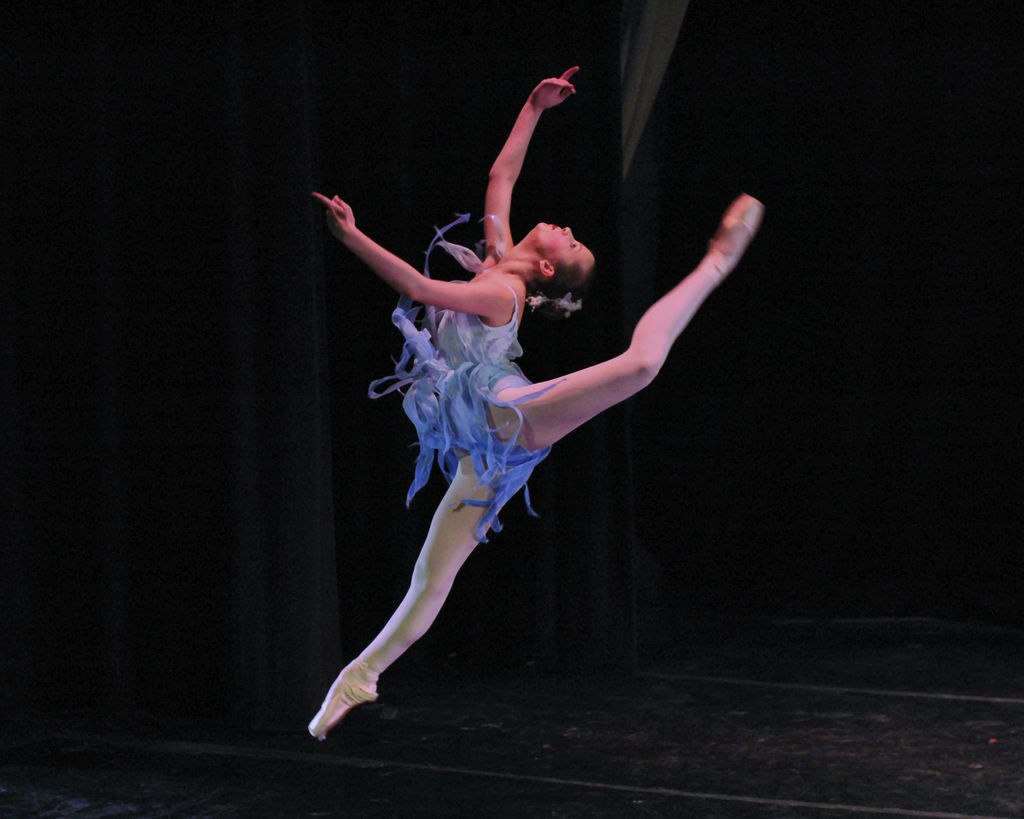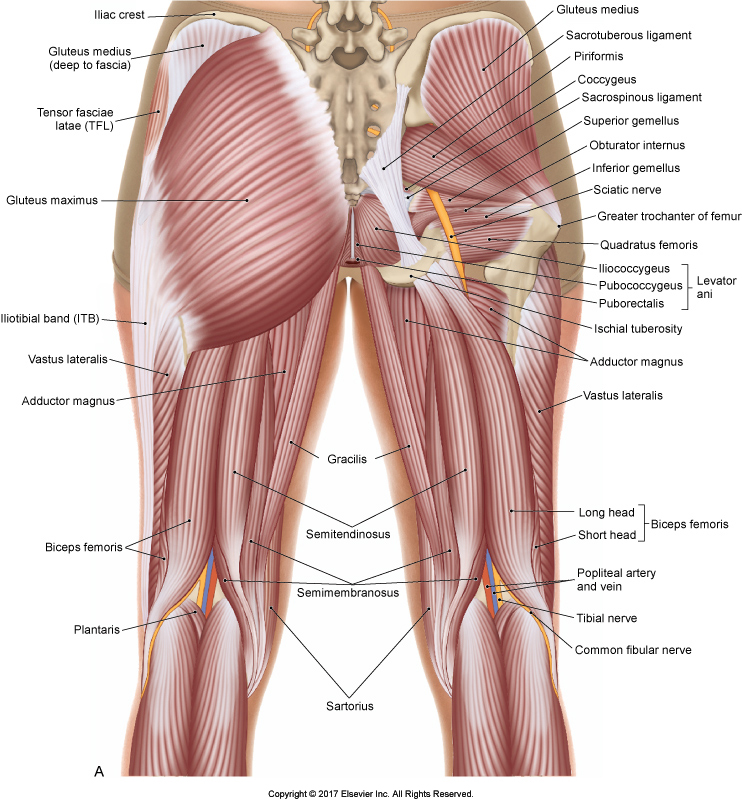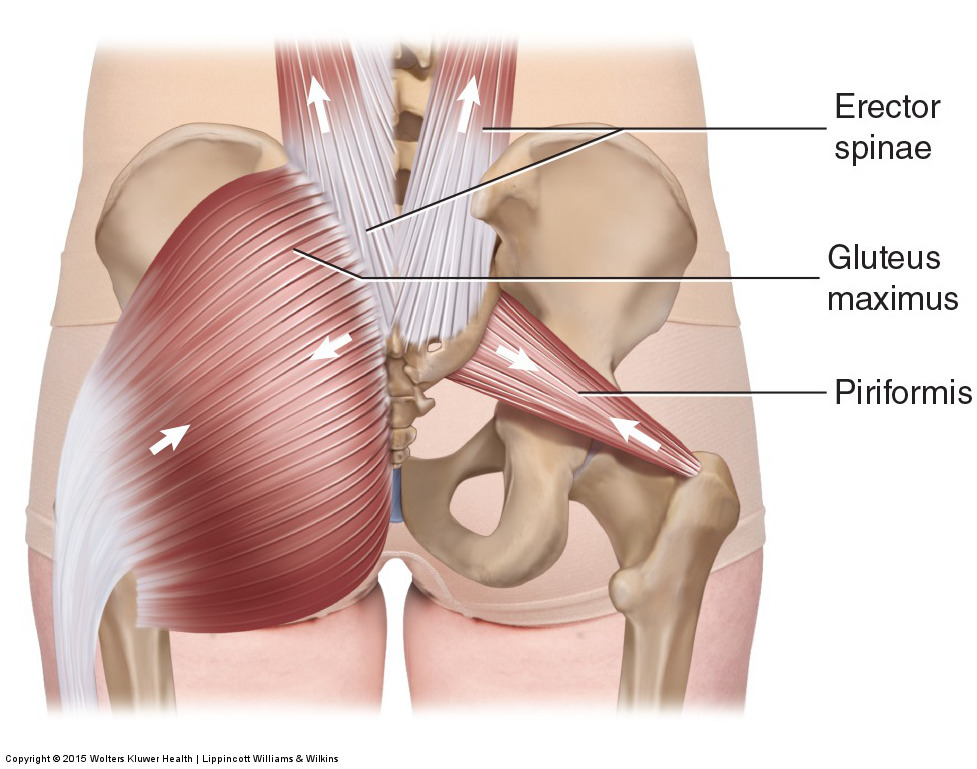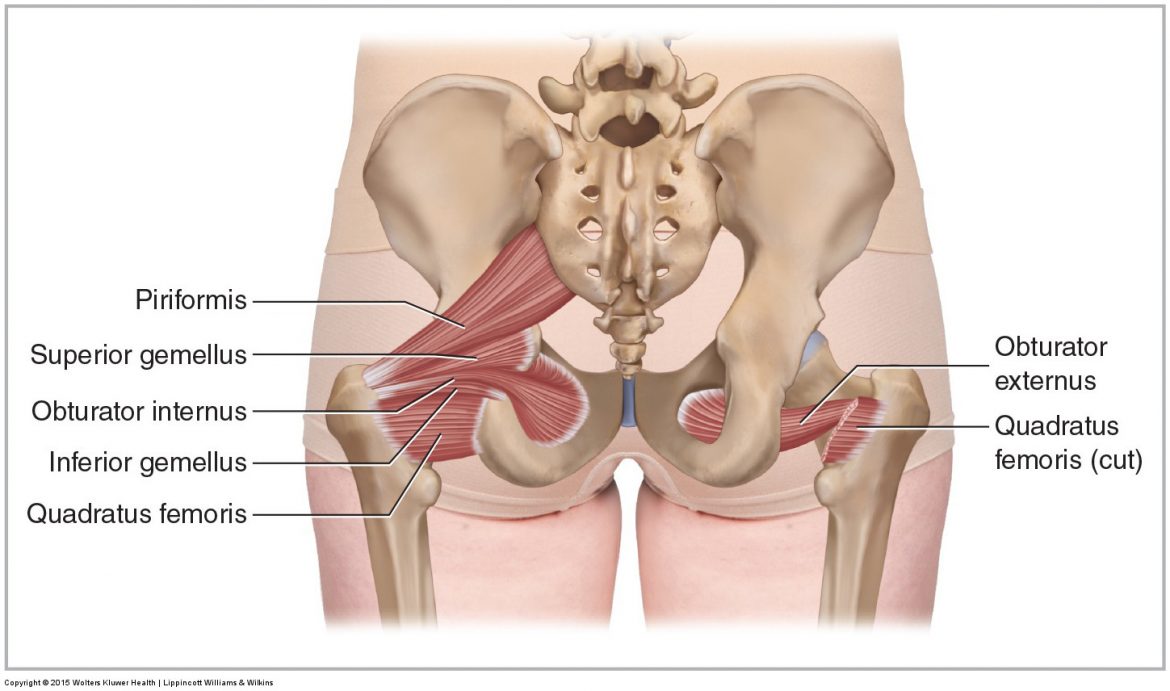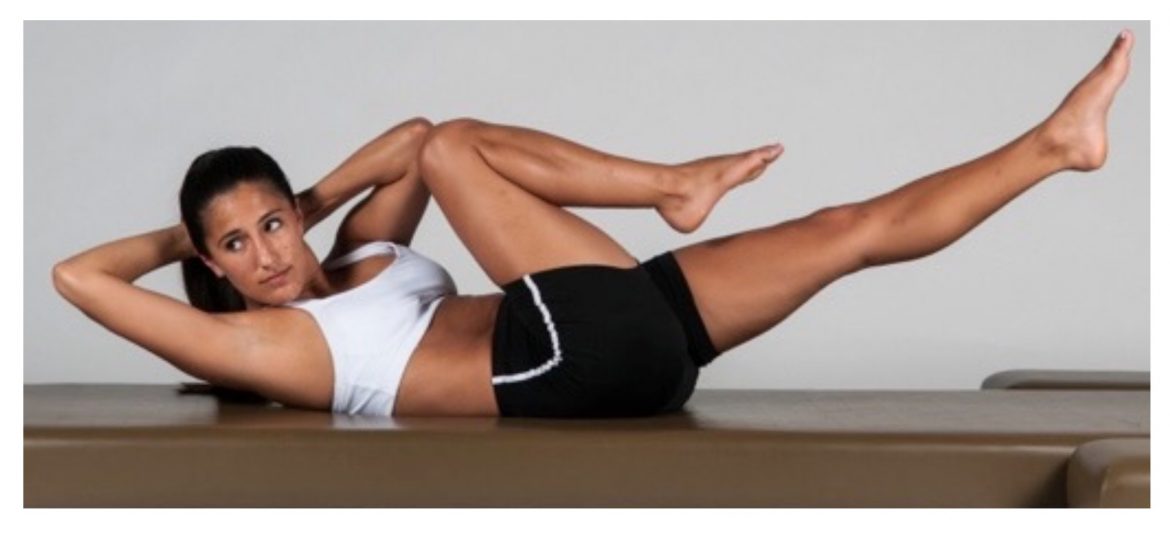The authors suggested that experienced dancers demonstrate safer landing strategies compared to recreational athletes. Dance training experience may provide protection against high-risk movement patterns. And thus, dance training may be modeled to prevent ACL injuries.
How Can Tight Muscles of the Hip Joint Cause a Scoliosis?
So, if hip abductor group on one side is tighter at baseline tone than the hip adductor group on that side, the pelvis will be pulled into depression on that side, resulting in a lumbar scoliosis that is convex on that side. Similarly, tight opposite-side hip adductor musculature can cause the same scoliotic curve.
Five Muscles of Sacroiliac Stabilization – Part 2 – Coccygeus and Others
The coccygeus and levator ani are technically muscles of the pelvic floor, however, they are also muscles whose contraction forces cross the sacroiliac joint and therefore often tighten when a sacroiliac joint condition exists. The coccygeus attaches from the sacrum and coccyx to the ischial spine of the pelvic bone.
Five Muscles of Sacroiliac Stabilization – Part 1 – Piriformis
Even when the original reason for the sacroiliac stabilization is valid, often the human body overdoes it and tightens the musculature excessively and/or keeps it tight long after it needs to be, so the musculature becomes stuck in a chronic pattern of hypertonicity.
Muscles of the Pelvis
Pelvic musculature: 1. cross the LS joint onto the trunk 2. cross the hip joint onto the thigh/leg 3. pelvic floor muscles located wholly within the pelvis
Biomechanics of the Pilates Mat Abdominal Series
5 Pilates Mat Abdominal Series exercises: Single Leg Stretch, Double Leg Stretch, Single Straight Leg Stretch, Double Straight Leg Stretch, & Criss-Cross.

